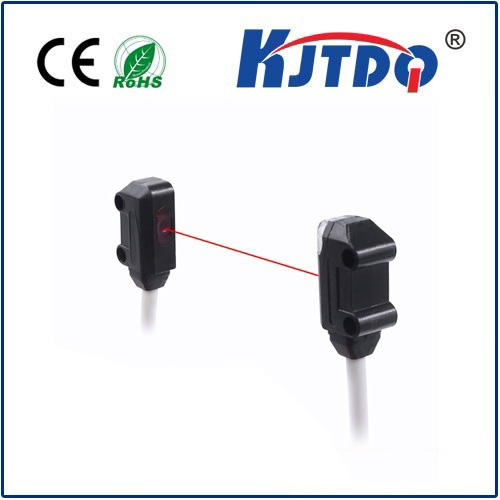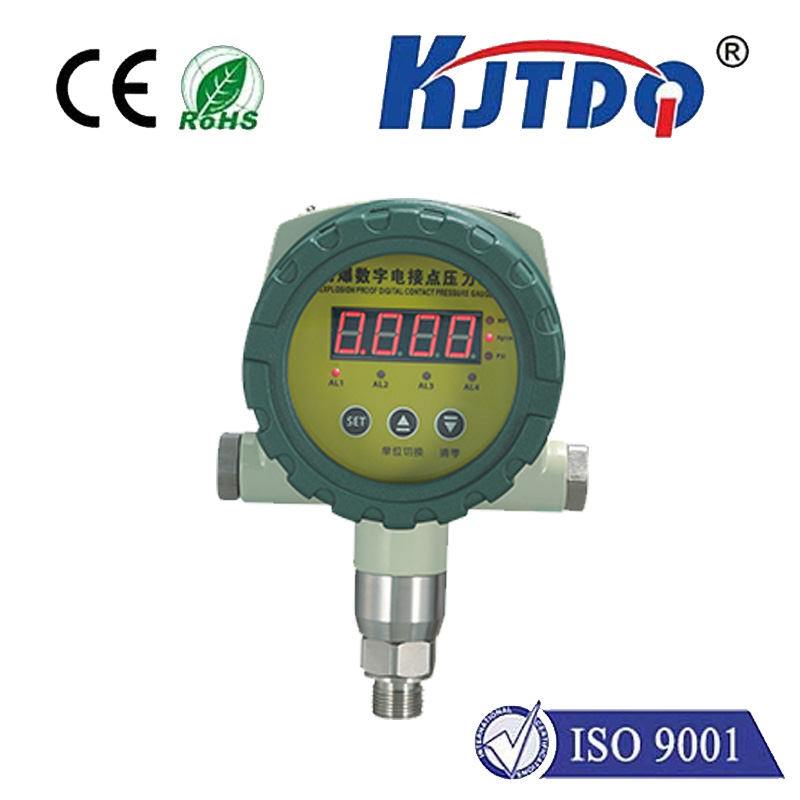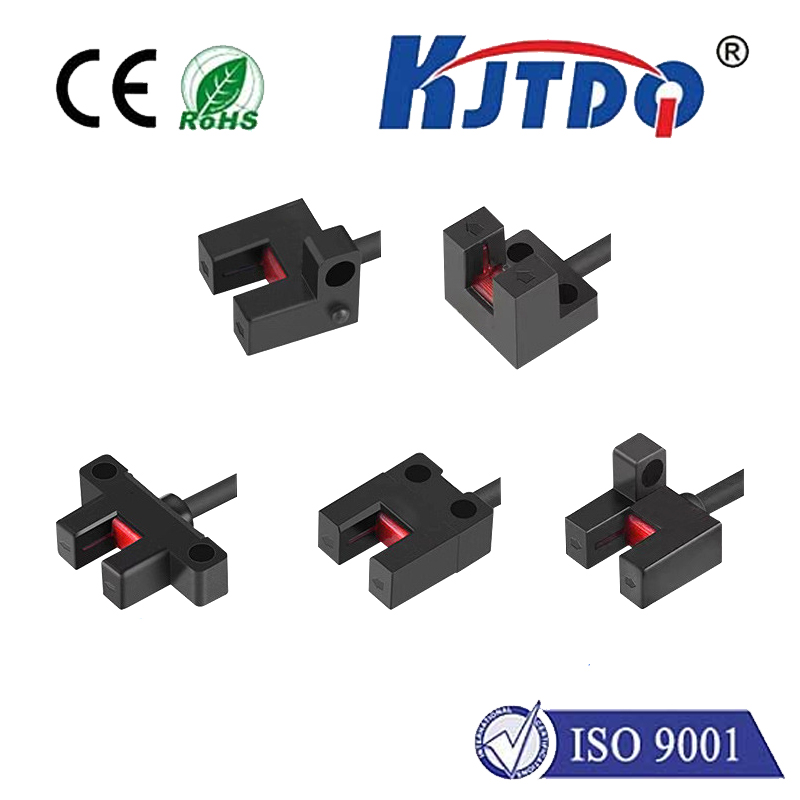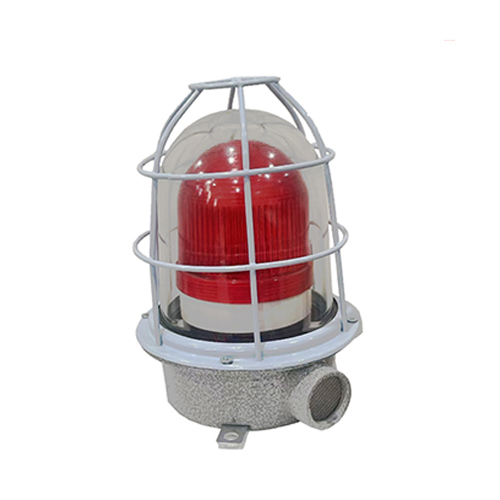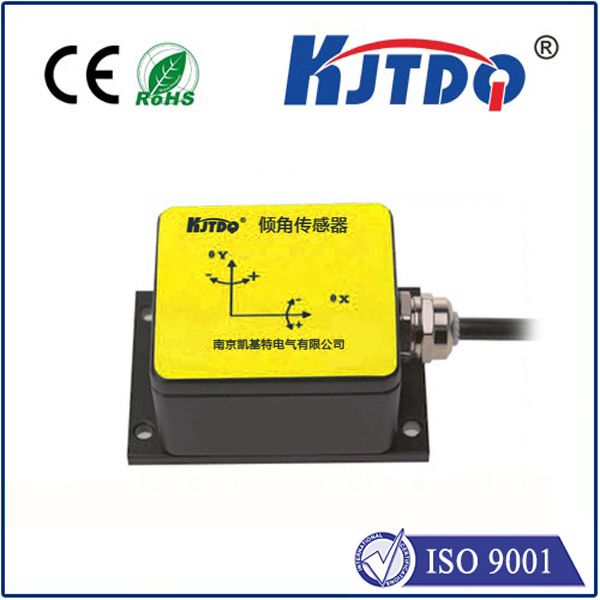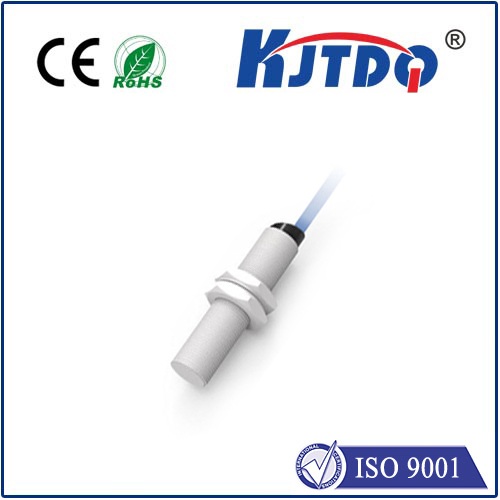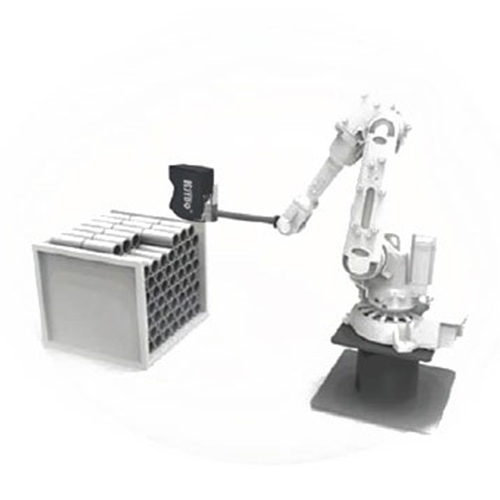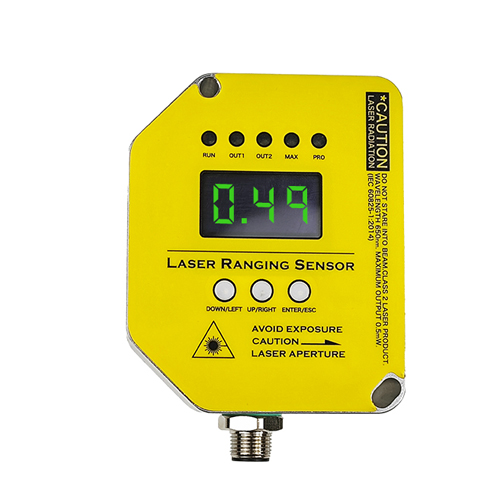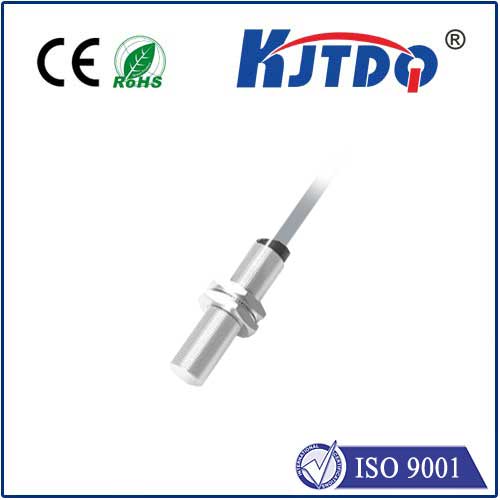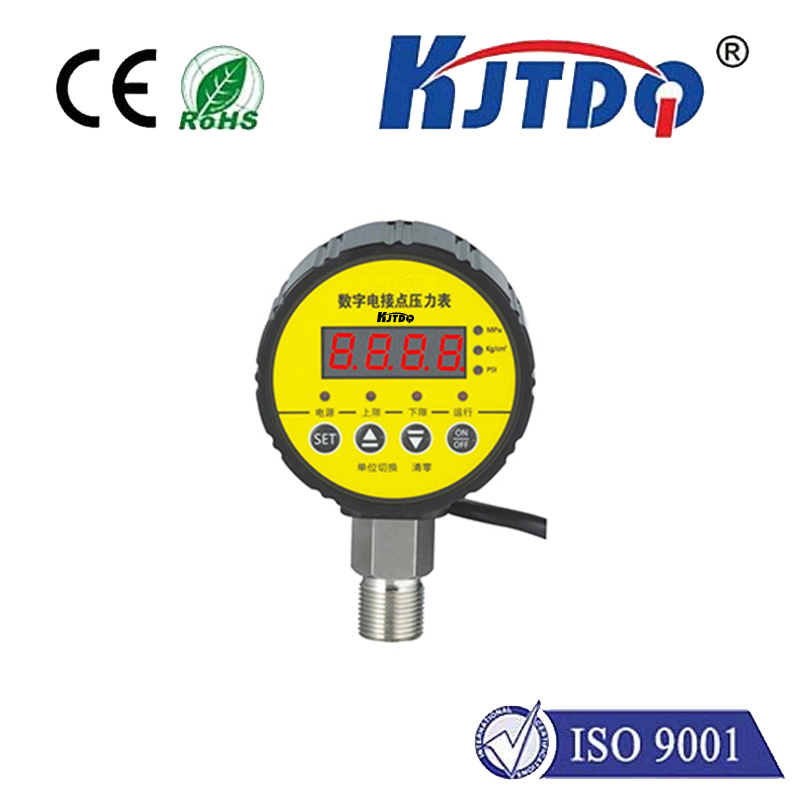

check

check

check

check
Imagine robotic arms assembling products, conveyor belts whirring precisely, or automated gates sensing approaching vehicles. At the heart of these seamless operations lies a critical component: the proximity sensor. Specifically, sensors like the BES039J proximity sensor provide the essential non-contact detection capabilities that modern automation relies on. Replacing unreliable mechanical switches, they offer a robust and maintenance-free solution, enhancing efficiency and safety across countless applications.
So, what exactly is the BES039J? It belongs to the family of inductive proximity sensors, a fundamental technology in industrial sensing. Its core function is simple yet profound: detecting the presence of metallic objects without physical contact. This eliminates the wear and tear associated with mechanical switches, drastically reducing downtime and maintenance costs. Think of it as an invisible sentinel, silently monitoring components, positions, or objects as they move within its detection range.
The power of the BES039J sensor comes from its underlying physics. Inside its typically cylindrical metal housing lies an oscillator circuit generating a high-frequency electromagnetic field at its sensing face. When a ferrous or non-ferrous metallic target enters this field, it induces tiny electrical currents (eddy currents) within the target material. This interaction disrupts the sensor’s own oscillating field. Sophisticated electronics within the BES039J detect this change in oscillation amplitude, triggering a solid-state electronic switch (usually a PNP output transistor). This switch signals the target’s presence to a controller like a PLC.

Why choose the BES039J proximity sensor over other solutions? The answer lies in its carefully engineered characteristics:
These attributes make the BES039J an indispensable workhorse across diverse sectors:
Consider the common challenge of verifying a metal component is correctly positioned before a welding robot begins its cycle. A traditional limit switch mounted nearby might eventually fail due to mechanical fatigue or contamination. Installing a BES039J proximity sensor, however, provides non-contact verification. It instantly detects the component’s presence without any physical interaction. This translates directly to increased production uptime and consistently high product quality. Crucially, it also enhances safety by ensuring processes only start when conditions are correct.
When integrating the BES039J proximity sensor, attention to detail ensures optimum performance. Mounting securely to minimize vibration effects is crucial. Understanding its specific nominal sensing distance (Sn) is key – the rated distance where it reliably detects a standard target. Remember, factors like target material (steel vs. aluminum), size, and shape can influence the effective sensing distance. Environmental considerations like extreme temperatures or strong electromagnetic fields should also be reviewed against its specifications. Correctly wiring the sensor (brown to +V, blue to 0V, black to signal load) is fundamental for fail-safe operation, ensuring the controller receives the correct information even if the sensor fails.
The BES039J proximity sensor stands as a testament to the power of robust, reliable sensing in industrial environments. Its inductive sensing technology, combined with rugged construction, precise detection, and solid-state reliability, provides an indispensable tool for engineers and technicians. Though a seemingly simple component, its ability to deliver consistent, non-contact detection of metallic objects directly contributes to smoother automation, reduced maintenance, enhanced safety, and ultimately, greater productivity. In the demanding world of industry, the BES039J is a fundamental component driving efficiency and control.
